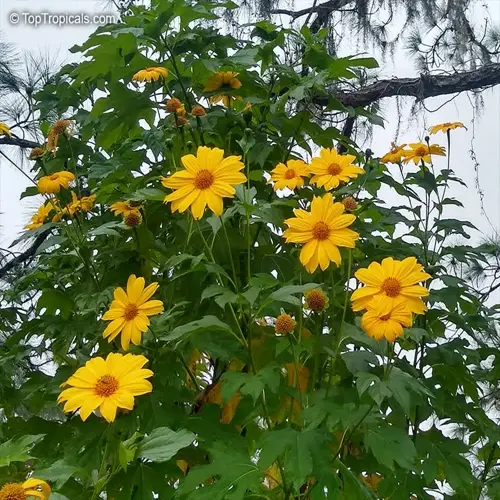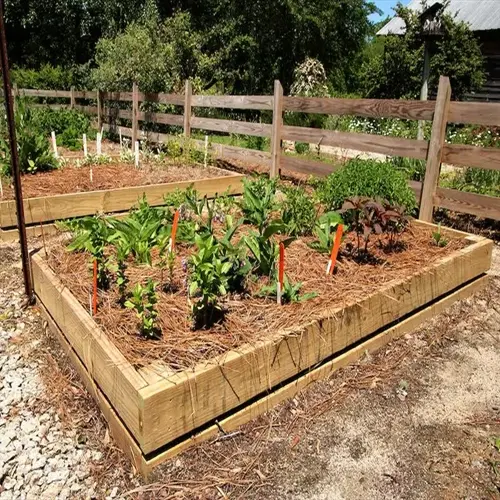Can wildflowers grow in poor soil conditions?

Written by
Michael Sullivan
Reviewed by
Prof. Samuel Fitzgerald, Ph.D.Wildflowers thrive naturally in poor soil conditions where other plants fail. I have even seen this in my heavy clay yard after attempts at vegetable gardens didn't work out. Native plants, such as black-eyed Susans, unlike roses or tomatoes, evolved in low-nutrient settings. They even flower better with no rich amendments.
Drainage
- Test percolation: dig hole, fill water, time absorption
- Amend clay with sharp sand not compost
- Sloped areas need no adjustment
Nutrient Levels
- Avoid fertilizers and organic matter
- High nitrogen causes leggy growth
- Native species prefer mineral soils
pH Balance
- Most thrive in 6.0-7.0 range
- Use sulfur for alkaline soils
- Add lime only if below 5.5
Prepare the bad soil by weeding thoroughly. I solarize areas with clear plastic for six weeks in the summer. Avoid adding compost, as this can lead to nutrient explosions that benefit unwanted organisms. For drainage, use builder's sand rather than organic material. Wildflowers develop a better root structure in mineral-rich soil.
Affix species to your existing pH levels. Acidic soils with a pH below 5.5 are suitable for lupines, while alkaline soils with a pH above 7.0 support the growth of yarrow. I test with simple strips once a year. Amend if necessary, but natives will adapt over time. Full sun is more important than perfect pH.
Make peace with the limitations of your soil. The edge of my gravel drive is now exploding with drought-tolerant coreopsis. Urban rubble mounds are anchoring bee balm. These plants are effectively turning tough places into ecological assets. An excellent method is to start the native seeds directly in the soil.
Read the full article: When to Plant Wildflowers: Ultimate Guide

